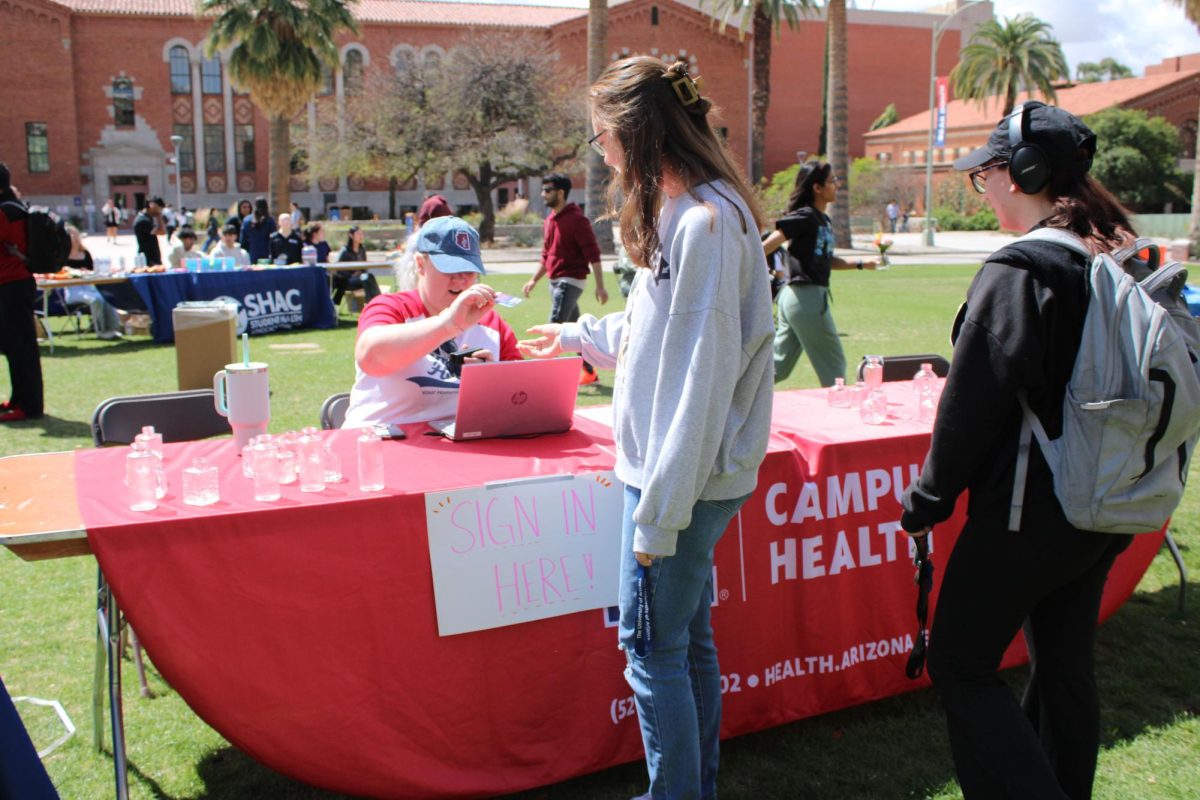Danger posed by marijuana justifies its illegality, prosecution
What the March 3 editorial “”Ensuring a freedom-free campus,”” failed to give readers was any tangible or meaningful insight on UA drug policies. The editorial does nothing but speculate, without evidence, how dangerous marijuana is and how much money is spent apprehending lawbreakers who possess the drug. The editorial claims the university could save some significant portion of its budget if the police stopped making marijuana busts.
Really? You make no mention of how much money is spent making these busts. The whole thing seems to be a mere guess based on hearsay and generalization. The article attempts to characterize marijuana as only “”mildly dangerous.”” Unfortunately, this demonstrates the article’s susceptibility to common misconceptions. Marijuana has numerous dangers, including some akin to those of alcohol. In fact, in the U.S., U.K. and many other European countries, marijuana is the most common drug (next to alcohol) found involved in fatal accidents and impaired driving cases. Furthermore, in a 1998 U.K. study, 80 percent of fatal traffic accidents that involved cannabis did not involve alcohol (i.e., the cannabis is independently correlated with higher risk of fatal traffic accidents).
Regrettably, people have become so convinced that the government is an imposing force that they will criticize the efforts of law enforcement officials, which are often seen as direct representatives of the government. The “”fuck the police”” mentality which comes forth in the March 3 editorial (see the use of the word “”harassment”” to describe the efforts of UAPD to control drug use on campus) is detrimental to the health of society.
People break the law because they feel it is oppressive, often by means of drug use, and in doing so they perpetuate the nationwide problem with drug abuse. If we want a solution to that problem, we the people must all begin making the decision to avoid intoxicants.
Ramsey Joseph
criminal justice freshman
The Tatum tragedy should spark reexamination of stereotypes surrounding young mothers
The conversations circulating around campus regarding Sarah Tatum’s actions last week are cause for concern. We should not allow this tragic event to center only on the responsibility of an individual and her actions. Nor is it constructive to resort to a debate between pro-choice and pro-life camps which will only divide our university community.
Instead, we should consider the ways in which we all contribute to negative stereotypes of teenage mothers and the far-reaching impact of those assumptions for all members of our community. We do not know much about the details of Tatum’s experience and we can only speculate as to why she did the things she did. However, we do know much about harsh judgments of teenage motherhood. Indeed, we are inundated with negative images of young mothers and sorely lack images and examples of young and low-income parents succeeding in higher education.
Instead of focusing our attention on vilifying an individual, a more constructive response to this tragedy is to come together to discuss the implications of representations of young motherhood. I have invited Hamilton College’s “”The Missing Story of Ourselves”” to come to our community. This nationally-touring exhibit includes photographs and student narratives that provide alternative and encouraging images of success for single parents on the path of higher education. The exhibition’s director, Dr. Vivyan Adair, is available and willing to come and speak in this time of need.
This is a moment with the potential to confront the damaging assumptions about the perils of teenage pregnancy that serve to obscure the complicated socio-economic factors that differentiate women’s experiences with pregnancy, motherhood, and education. I call out to students, faculty, and administrators at the UA for support of a public forum and photography exhibition.
Jenna Vinson
rhetoric and composition graduate








